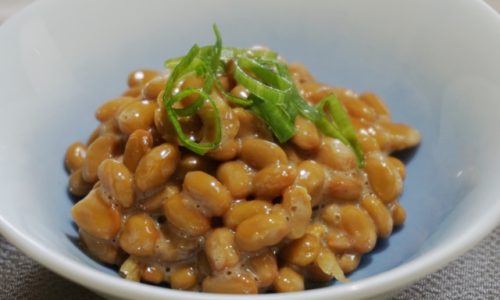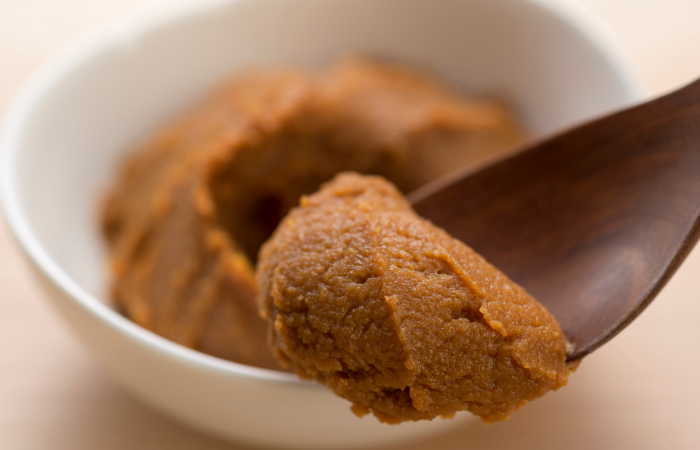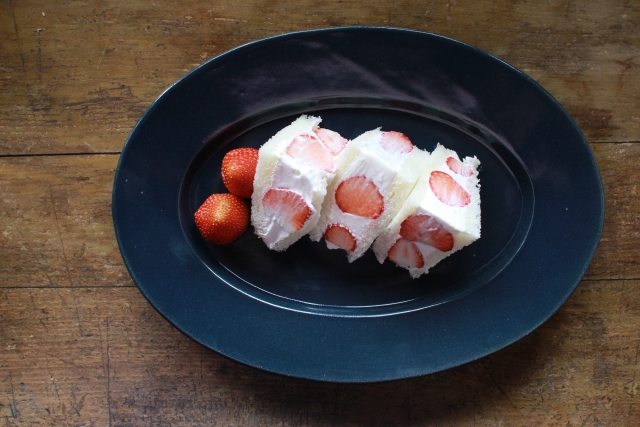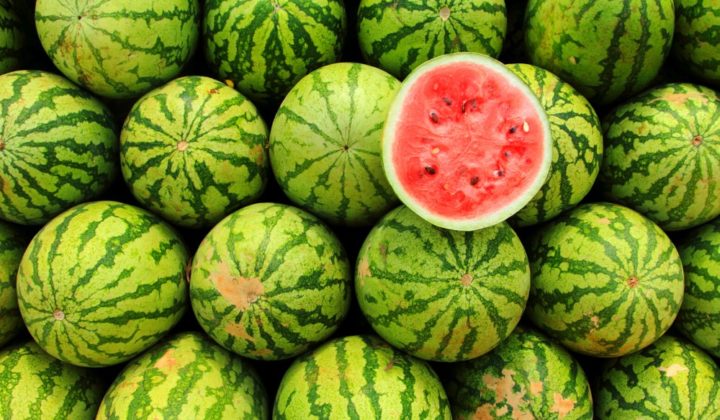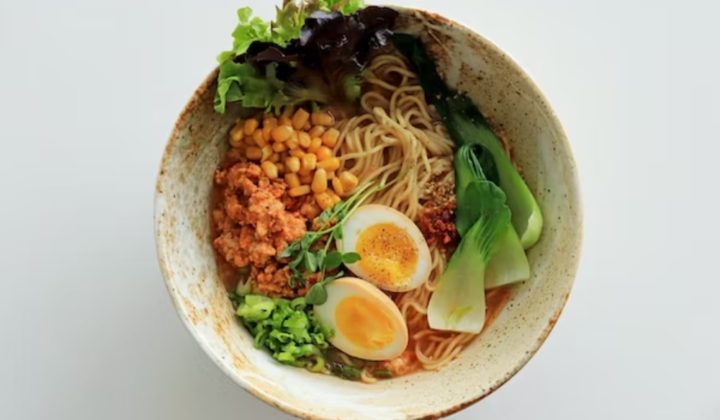As you all have noticed, the summer season has arrived, and if you are not used to this hot, humid weather, I think you will get really exhausted and tired. If you want to regain your stamina, eating Unagi is a good choice for you! In Japan, there is custom to eat Unagi on the Day of Unagi. Before talking about this special day, let me briefly give you an idea of what it is!
What is Unagi?
Unagi in Japan means freshwater eel. Its bones are small and tender enough to eat. Normal lit is filleted, grilled and brushed with a sweet soy refuction. It is then sliced into portions and served as Unadon, a donburi dish that sliced eel are served on a bed of rice.
So why do people eat Unagi?
Japanese people consider unagi as one of the most nutritious food. When the hot and humid summer comes, it is time for Unagi to give people a healthy energy boost. Why Japanese people are so obsessed with Unagi? It is because Unagi is full of vitamin A, B-complex, D and E that alleviates fatigue and loss of appetite. Also, the smell of cooking unagi over the grill itself is an appetizing smell for Japanese people. Therefore, if you are exhausted of the hot weather in Japan, try eating Unagi!
Eat Unagi on the ‘Day of Unagi’!
In Japan, there is a custom of eating Unagi together on the ‘Doyo-no-Ushi-no hi’, Day of Unagi. This year it is on 25th July and 6th August, and this day comes between mid of July and the beginning of August. So why do people eat Unagi on this day? It is because those days are believed to be the hottest time of the year, and as mentioned before, Unagi has lots of nutritions that help you to endure summer.
What is the history of ‘Day of Unagi’?
I think you have noticed that the name of days of Unagi is called ‘Doyo-no Ushi-no hi’. The name is quite long and complex, so you may wonder what does it mean.
First, Doyo is the period that is 18days in length between each of the 4 season. The doyo period comes between summer and autumn, mid July to early August, and it is the hottest time of the year.
Second, Ushi no hi can be directly translated in to Ox day. This name is originated from the old calendar of Japan that uses the Chinese Zodiac system, a system of a 12 year cycle and each year is named according to a name of an animal. The days of the week is also named after the same animals, and there is one or two day of Ox in the Doyo period.
So why do we eat Unagi on the day of Ox? It is because a restaurant owner began advertising unagi on the day of Ox, as both Ushi, Ox in Japanese, and Unagi both begins with the letter ‘u’. This play on word worked really well as a promotion, and sales took off. This way of promotion eventually developed into a Japanese folklore that if you eat unagi on the day of OX, you will regain power!
So, Doyo-no-ushi-no-hi means to eat ‘Unagi on the Ox days during Doyo period!’ So in modern Japan, people set the hottest day of the year as a day for people to eat Unagi!
How to eat Unagi?
There are various ways to eat Unag in the summer. For example, Kabayaki is a typical way to cook a Unagi. Kabayaki is unagi that is grilled over hot charcoal, steamed, seasoned with a sweet basting sauce and grilled over hot charcoal again. It is normally served over a bed of rice (we call it unadon), or in a bento box with sansho pepper on top of it (we call it Unajyu)
How much does it cost?
It really depends on the quality of the Unagi you eat, but usually if you want to try Unagi in a decent Japanese restaurant, it will cost around 2000yen to 4000 yen, which is quite expensive. However if you go to Fast food restaurant such as Sukiya, you can get a nice Unadon by 800yen.
Why Unagi is so expensive? It is because Unagi lays eggs in the Ocean, and after the Fry are hatched from the eggs, they will back to Japan waterways and are caught. These fry will then sold to unagi farms and they will be raised to Unagi, which we see in the market. So most of the Unagi are raised by human in the farms, and if you want to try natural Unagi, Adult Unagi that caught in the river, it would cost a lot more than normal Unagi. Also, it is considered to be better to kill a Unagi just before cooking, so many restaurant have tanks to keep live Unagi in order to provide the ‘freshest’ Unagi they can. Eventually this will also affect the price of the Unagi.
I think by now, you have understood what a Unagi is, and when the people are going to eat Unagi together. Eating Unagi is one of the unique culture in Japan, and if you are interested in knowing more about Japan, then I encourage you to try it! It is delicious, and it will definitely help you to overcome the hot weather during the summer season!




